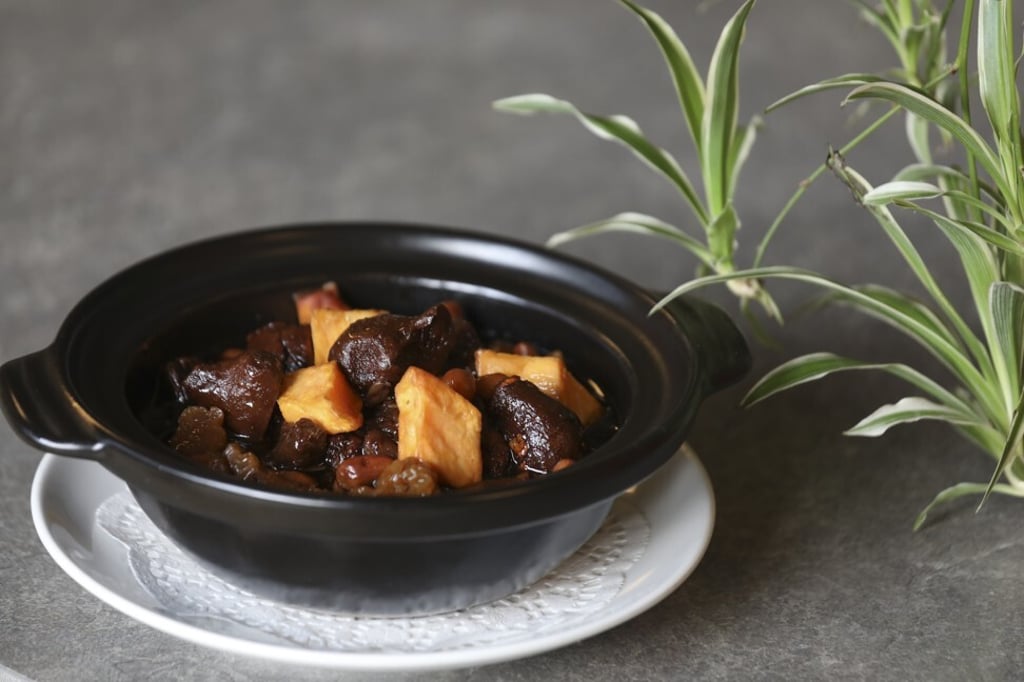Buddhist food: how the healthy, vegetarian dishes full of seasonal ingredients can imitate meat with funguses and plants
- A testament to their reverence of nature, many Buddhist dishes emulate the flavour and texture of meats using ingredients you may not have seen before
- Morchella, for example, is a fungus that resembles lamb tripe, while konjac is a plant made into a jelly that has the crunch and chewiness of real gristle

Visitors to the Chi Lin Nunnery in Hong Kong’s Diamond Hill neighbourhood find themselves surrounded by lush greenery, a quiet broken only by the chirps of birds, and winding paths that transport them to a Zen-like world. Life seems to slow down and unfold at a deliberate pace.
Chi Lin is modelled after the Jiangshouju Garden of the Tang dynasty (AD619-907), a traditional Chinese landscaped courtyard in Shanxi province that still exists today. The nunnery encompasses multiple architectural design techniques that extend the views and insulate the space from noise; it seems like there’s an invisible divider at the entrance, cutting it off from the hustle and bustle of the outside world.
Foods with an inherent pungency are also off-limits, including onions, garlic, scallions, chives and leeks, as the stimulating odours can interfere with the process of meditation and enlightenment. Alcohol is forbidden as it can cloud the mind and arouse lust, which may result in immoral behaviours or sexual misconduct.


The nunnery takes an organic approach to its food offerings, using only seasonal ingredients that are prepared in a way that emulates the flavour and texture of meats, a testament to the Buddhist belief in revering nature.